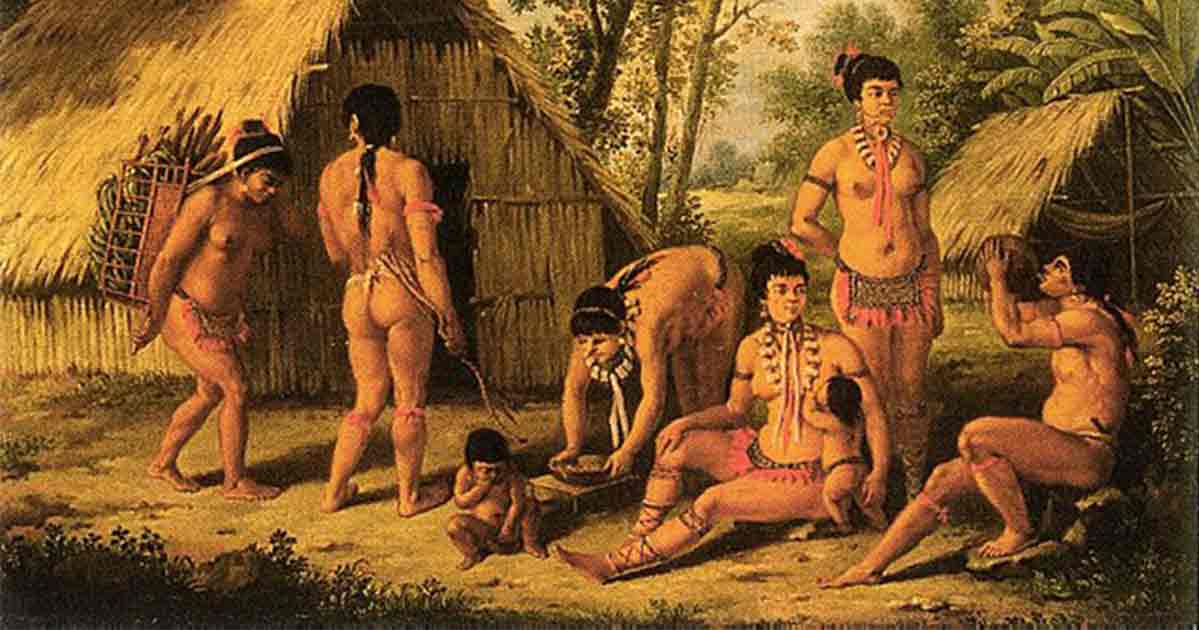Dark Secret of the First Native Americans to Meet Columbus (Video)
In October 1492, Christopher Columbus's encounter with the Arawak-speaking natives marked a pivotal moment in history, unveiling a complex narrative of migration and cultural exchange in the Caribbean. Columbus's diaries, while controversial, hint at encounters with Caribs, a group believed to have been among the Caribbean's first settlers. Reports of cannibalism sparked debates among scholars, challenging long-held beliefs about the region's indigenous peoples.
- Columbus’s Identity Crisis and the Ongoing Spread of False Columbus News
- Scientists Suggest Columbus' Caribbean Cannibals Might Be True
Recent genetic research sheds new light on Caribbean history, revealing waves of migration that predate Columbus's arrival. DNA evidence suggests that South American invaders may have significantly impacted the region's population, reshaping its genetic landscape. Surprisingly, the genetic data also challenges previous estimates of indigenous population sizes, prompting a reevaluation of past migration patterns.
The discovery of distinct burial practices and ceramic traditions further enriches our understanding of Caribbean cultures. Despite the mysteries that remain, advancements in genetic science offer unprecedented insights into the region's intricate past, illuminating connections between islands and peoples in ways previously unimaginable. Through the lens of DNA analysis, the Caribbean's rich history is being rewritten, underscoring the importance of interdisciplinary approaches in unraveling the secrets of the past.
Top image: A Family of Carib natives drawn from life, by Agostino Brunias. Source: Public Domain

















